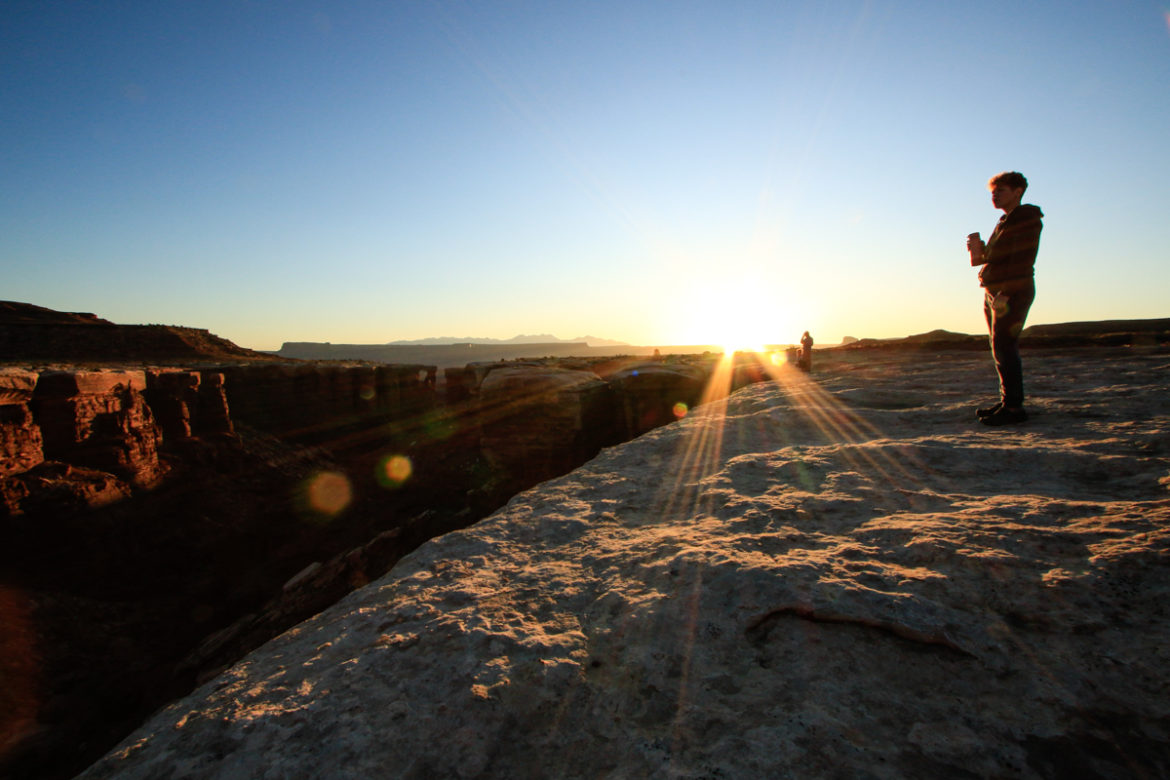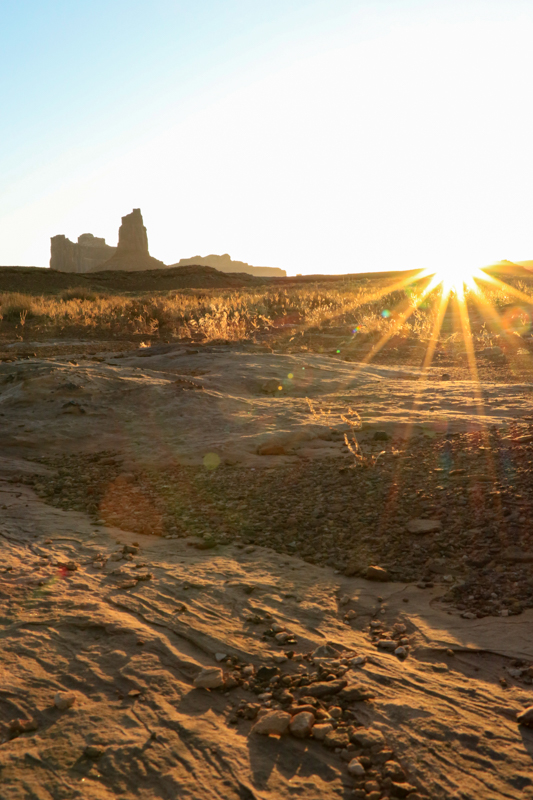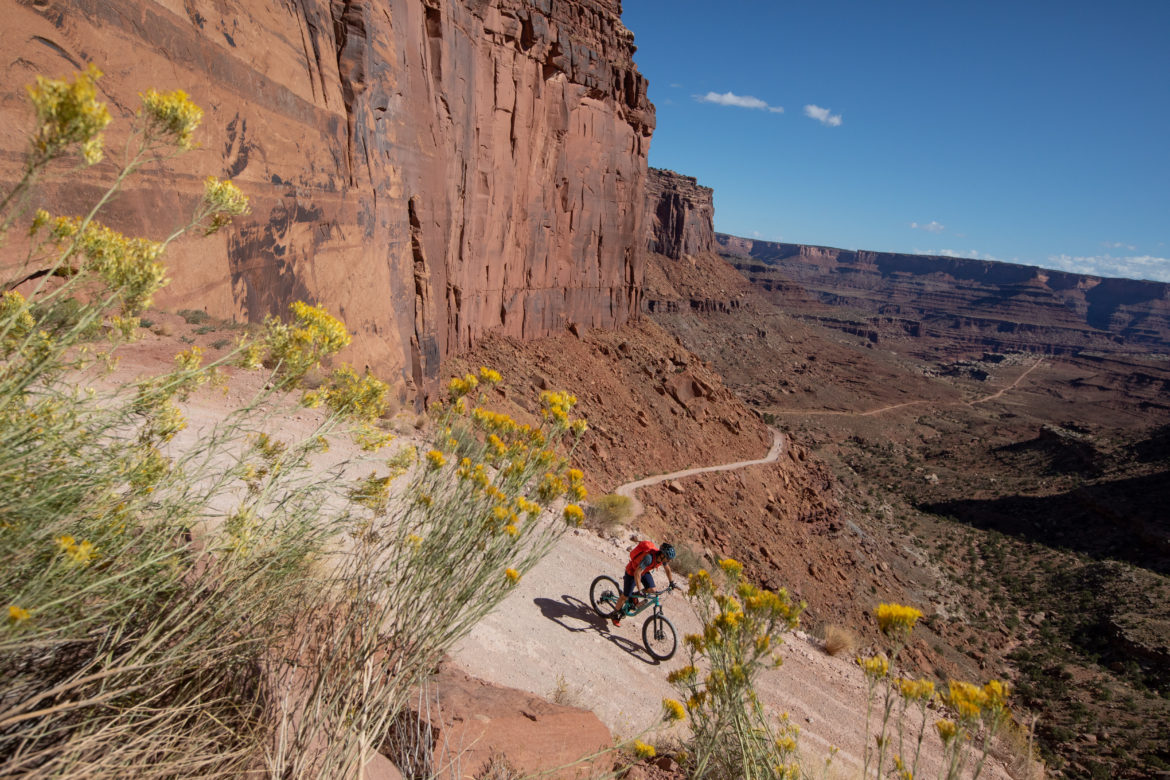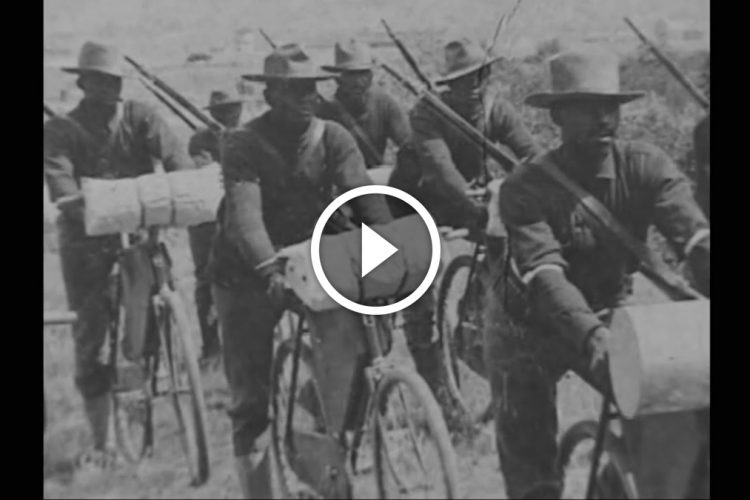
Between pings, dings, buzzes, and the little numerals hugged by parentheses, there are always reminders that my attention is needed elsewhere.
So, in a break in conversation over beers, or when I have a foot down at a trail intersection, my hand instinctually reaches for my phone, like a modern day metropolitan cowboy reaching for his electronic pistol. Most of the time the content drastically underweighs the urge to look, and I re-holster my sidearm, only to repeat the process again and again.
It’s the same way slot machines work, really. The psychological concept is based on positive reinforcement with continuous, but sometimes variable reinforcements. Most of the time, notifications tend to be good, like someone double-tapping your photo or leaving a nice comment, which leads to more social media engagement and an increased likelihood that you will post something again. While we can sit and shame ourselves for wanting to be on our phone more and more, we only have the fundamentals of psychology to blame. In this case, we are both perpetrators and victims.
Over the course of technological development, software gurus and entrepreneurs made apps to simplify and add convenience to our daily lives. We never need to ask for directions at a gas station, or at a trail intersection, we don’t need to go to the bank anymore, or call our aunts and uncles to see how they’re doing, because we can already see the green dot next to their profile picture online and know they’re doing well enough to scroll through Facebook.
App developers also understand how unhealthy it can be to be on your phone all the time. In order to understand our relationship with our screens, there are now apps to see how much time we spend on our phones and computers and there are even apps to meditate, and increase mindfulness. They’re kind of like calorie counters for your mental diet except that the incentive to cut calories isn’t as strong since you’ll never actually see your mind getting fat. Hey, does this much Facebook time make my head look bloated?
As I placed folded sets of clothing into my duffel bag for a three-day trip around the White Rim trail in Moab, I thought about how I’d be gaining time without electronics, and what I could pack just in case I got bored.
Hydro Flask, the water bottle and hydration pack maker invited a group of journalists to not only check out their new products, but also to experience one of Utah and America’s greatest national parks.
Initially, I thought about how much time I’d have at the end of the day without technology. We’d only be riding about 25-30-miles per day on rolling doubletrack around Canyonlands. At my estimate, that would take four or five hours out of the day, and we’d have twelve-ish hours left per day on top of eight hours of sleep. So, I packed a book, and a notebook, to read and write. And, I packed my camera and a tripod. I’d hate myself for not shooting some landscapes and the night stars.
Hydro Flask hired the esteemed and veteran Moab guides from Rim Tours to show us around Canyonlands. Sure, we might be without the comforts of technology and communications networks for a few days, but we’d still be eating damn good, three times a day, and have a reasonable amount of stuff with us on the Rim Tours truck that followed behind.

There are ways to make the White Rim trail even more primitive for your own experience, but you probably won’t be able to pack Oreos and Cactus Coolers and cold beers if you’re riding the whole thing. With Rim Tours, you don’t have to worry about where to camp, what to cook, or bringing enough water, plus you’ll have local guides to enlighten you about the mystique of Canyonlands, because that’s what they’re there for.
As we unloaded the shuttle van with our bodies and bikes, our guides Kirstin and Scott gave us the lowdown: For the most part, the slickrock is fair game to play on, don’t bust the crust, there’s a bathroom (which may not have TP) every ten miles, take only photos, leave only footprints, and all that sort of stuff.

Like any national park, Canyonlands requires an entrance fee to access the park, but as of 2015, Canyonlands started to require all visitors to obtain a permit if they’re traveling into the park on wheels. The National Park Service issues up to 50 permits a day for the park, but it is more nuanced than that, so if you’re planning a ride, check the official details. Campsite reservations are also said to book out far in advance.
The permit system is surely a response to the growing number of people who are interested in visiting national parks now, in this ‘grammable world, where being in the hottest national park is kind of like being in the hottest New York nightclub was in the 80s. The permit system limits the noise in the interior of the park, and makes it easier for Canyonlands to manage travel and keep the park quiet, which our guides informed us can be quieter than a recording studio when the wind dies down. Kudos to the National Park Service for keeping things wilder in this case.
Our group of guava-colored hydration pack wearing riders rolled into the Shafer Hill and quickly lost elevation whirring into the White Rim, as day-permitted vehicles climbed up and around the switchbacks.

The author dropping down Shafer. Photo: Corie Spruill 
Gettin’ it for the gram. Photo: Corie Spruill 
Musselman Arch. Photo: Corie Spruill
Rim Tours makes the three-day White Rim exploration easy on the legs. Within an hour or so, we stop at Musselman Arch, which is like a natural, narrow, elevated sidewalk that connects one cliff with another. Another few miles down the trail, we stop for lunch, before I’ve really worked up an appetite.
Deli sandwiches on whole grain bread with salad and cookies were on the menu. Every time we ate, our guides pulled out a little bucket with a soap dispenser and a foot operated water pump sink. Even though we were already a little sticky with sweat and dirt, there was no sense in eating like animals.
At a ten-mile-per-hour pace, with multiple breaks and off-trail sight-seeing, we spent much more time outside of camp than I assumed, and that’s quite alright. The urge to check my phone went away and we took it one rest stop and meal at a time.

Photo: Corie Spruill 
Photo: Matt Miller
Kirstin and Scott cooked salmon while we all worked up a buzz. After dinner by headlamp I ventured out toward the rim to try out some night photos, but it was darker than a Stanley Kubrick tape stuffed in an old box of movies in a basement, challenging my camera’s ISO.

Around 7am the next morning though, the sun broke over the La Sals and the light spread across Canyonlands. With coffee in hand, a few of us ventured out to take in the first breaths of a new day.
On day two, we put in another 28 miles, but with only 2,400 feet of climbing. None of it is technical. The White Rim trail is wide enough for trucks, like our Rim Tours truck, and there’s no exposure to worry about for mountain bikers. Even though it’s not technically hard, that doesn’t mean it’s easy. There are false flats interspersed throughout the trail, and some signature and very steep climbs like the Murphy Hogback, a silly steep pass that requires a light stomach and heavy encouragement.
As I got closer to the pass, I started dropping gears and slogged to the top. We’d have lunch at the top of the pass, followed by a major descent, so there was no reason not to make myself throw up. Since the trail isn’t very technical, it makes a fun challenge to clear the climbs. Up on top, our group summited the pass one by one, each with a heaving pain of lung burn, and then we got to watch our loaded down F-350 churn its diesel up the road.
At lunchtime on day two, we were completely devoid of cell phone service. Breaks in conversation, jokes, and riding are filled with silence, or an attempt to further conversation, rather than reaching for a phone to look busy — appropriate behavior for a group of mostly strangers in the middle of nowhere.
That night we got an even better camping spot, sitting between spires and castle-like rock formations and the White Rim. Scott and Kirstin made fresh guacamole and steak with chimichurri on a folding card table, that was cooked to a perfect char. They used the table for every meal and the steaks were buried somewhere in a cooler on the truck and somehow they were far better than any steak I have made in my home kitchen in years.

The Rim Tour guides have a set of traits that should make them exceptionally eligible mates for life. They can: navigate in the backcountry, make a terrific steak or fish off of a truck bed, perform backcountry first aid, provide historical facts about the natives and context to the surrounding landscape, and keep their patience with those who are also in the backcountry and not as fit or adept as the guides are. They are pretty inspiring.
It’s another pitch black night, so a group of us do the only sensible thing and grab our alcoholic beverages and walk toward the edge a cliff. By now, we can all recognize whose voice is whose, which is essential for conversations in the dark. Night photos are again another bust for me. There are plenty of stars, but my camera could have used a little bit of moon for some ambient light to brighten the rocky foreground. In defeat, I put my camera down and enjoyed the black of night and passing satellites, airplanes, and shooting stars.

Usually when I wake up in the morning, I’ll reach for my phone and read through Instagram and news before my head leaves the pillow. When I woke up on day three, I looked at the roof of my tent for about fifteen minutes and worked up the motivation to get ready in the morning chill. After a nice baby wipe bath and running some water through my dirt encrusted head of hair, I threw on my chamois, shorts, and shirt and rolled up my sleeping bag and tent for the final day.

Photo: Matt Miller 
Photo: Corie Spruill
We had a really quick pedal to the first sight of the day, a slot canyon. Scott informed us that it’s typically filled with water, but this time we got farther than he has ever been before. It hadn’t rained in weeks in Moab and it was clear all the way until the slot pops out in the canyon’s face. After scaling a series of small walls with friends we get to the end of the slot and the beginning of the canyon and are greeted by a decomposing goat carcass.

After a quick group shot we climbed back out of the slot and aboard our bikes. Our next goal was a break at the Colorado River for a dip. Part of me wanted to stick it out for the real shower that night in the hotel room and the other part of me wanted to tell the first part to shut the hell up and get in the river.

My wet chamois actually dried up pretty quickly and before we realized, we were on a final lunch stop and stretch of road before hitting the last climb out of Canyonlands, With a belly full of turkey and bread we all started the ride up a steep dirt road full of switchbacks. When we got around one, two more would appear toward the top, but either way, we’re gaining elevation and will soon have more beers, a shower, and a bed with uncomfortably white linens. Oh, and WiFi.

With one last climb, I drove my feet into the pedals and kept my head down. Matt, our shuttle van pickup from Rim Tours peered over the edge as our crew spread out along the road. As we finished, we pedaled over to the van to put our bikes down and take our helmets off. I grabbed one last Cactus Cooler and went out to the edge to watch the rest of the group conquer the climb, before we piled our smelly bodies into the white van to head back into town.
I roomed up with Will, a writer from Boulder. We’d roomed up the night before we started the White Rim and our easygoing personalities meshed well.
I plopped down on the bed as Will ruffled through his duffel bag. “You want to take the first shower, man?”
“Nah, go for it. It’s all good.”
“You sure?” He asked.
“Yep, no problem. I’ve got plenty of Instagram to catch up on.”





























